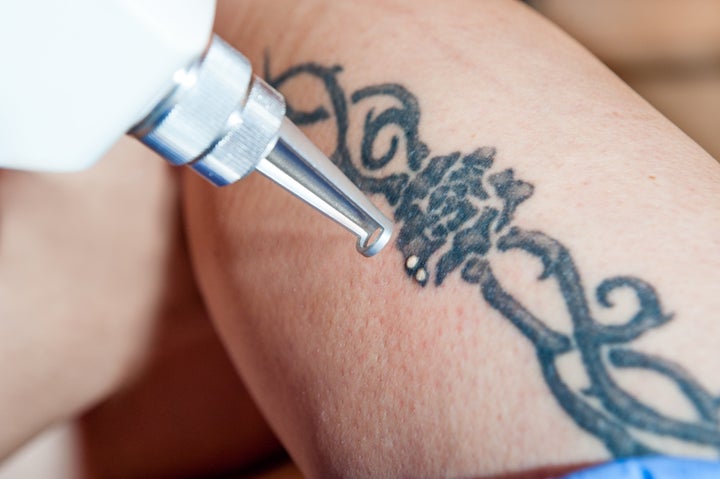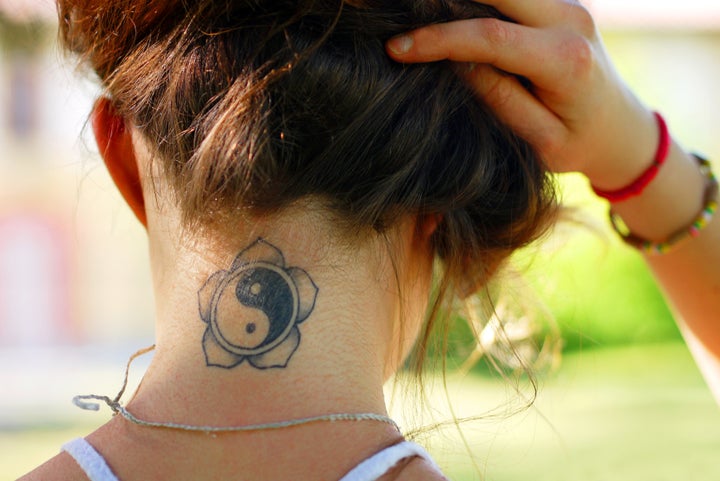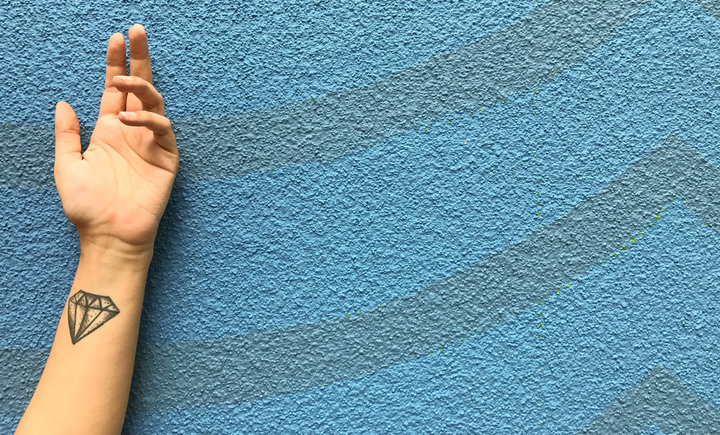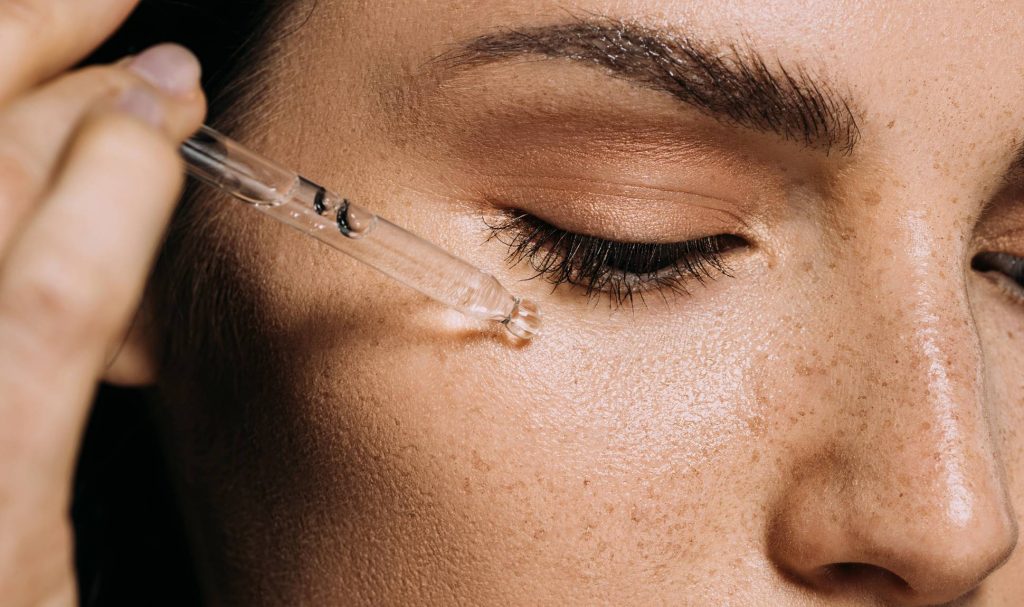If you’ve been scrutinizing that ink you got in your past, you’re not alone. One in 8 American adults regret getting at least one of their tattoos, according to the Food and Drug Administration. Fortunately for your younger self, there are ways in which you can go about erasing your once-permanent past decisions.
Tattoo removal procedures offer people the option to wipe out their unwanted inks by means of an in-office procedure. But how does the process work? What can you expect from a session? HuffPost chatted with experts on everything you need to know about undoing your tattoo. Here’s what you should know:
1. Check in with your dermatologist.
The first step in getting your tattoo removed is to make an appointment with a board-certified dermatologist for an assessment.
“We first would meet with the patient for a complimentary 30-minute consultation to describe the treatment, answer any questions they might have and perform a test patch to ensure that they are a good candidate for the treatment,” said Alain Michon, a cosmetic physician and medical director at the Ottawa Skin Clinic. Factors that determine whether or not you can go through with the lasering include your skin type, tattoo (size, location, amount of ink and color), medical history and current medications.
2. Expect the treatment to be quick, but not painless.

The treatment is done as an outpatient procedure and generally involves a pigment-removal laser, such as one called PiQo4™. The treatment can be uncomfortable; however, many clinics now provide options for topical anesthesia as a means of minimizing the pain.
“In my office, I offer patients [nitrous oxide], which is an analgesic agent that safely and effectively eliminates pain and clears from the body within 10 minutes of stopping, so you can go on with your day,” said Deanne Mraz Robinson, an assistant clinical professor of dermatology at Yale New Haven Hospital and co-founder of Pure BioDerm.
Depending on the size of the tattoo, one tattoo removal session can last anywhere from 30 seconds to 5 minutes.
“Afterwards, a cool compress and a soothing gel will be applied. The tattoo will be covered with a patch to protect the skin and aftercare instructions will be given to the patient,” said Howard Sobel, a cosmetic dermatologist in New York City.
Following a treatment, the area might feel similar to a sunburn. “A soothing ointment such as Aquaphor will be applied to the area for added comfort and protection,” Sobel said.
The entire removal process takes eight to 12 sessions on average, according to Hooman Khorasani, chief of the division of Dermatologic & Cosmetic Surgery at Mount Sinai Health System.
The lasers are essentially breaking down the ink by dismantling it. Khorasani added that each time the tattoo is treated, the ink particles get smaller and smaller until they’re small enough to be digested by the body’s “housekeeping staff” called macrophages.
“Microscopically, we are turning large ‘rocks’ into smaller ‘pebbles,’ then into fine ‘sand,’ which is then able to be taken up and removed by the cells,” he explained.
3. Understand where it, ahem, goes once it’s removed.
That ink doesn’t just evaporate into thin air: “Once shattered, the ink particles are recognized as waste and are eliminated in your waste,” Sobel said. So, yep, you essentially poop out your tattoo.
Khorasani noted that the majority of the ink particles, such as iron oxides (a component of black ink used in your tattoo), are eliminated via the liver through defecation. However, some of the elements in the ink may also be eliminated through sweat and urination.
Following a tattoo removal session, patients are advised to engage in moderate exercise to encourage drainage and to drink eight to 10 glasses of water daily, which can help to assist the immune system with the process of purging the ink.
“How hydrated the client remains over the six weeks when the lymphatic system is working and how well the client follows the post-procedure recommendations” have a dramatic effect on the outcome of the process, noted Eric Graham, vice president of sales and marketing at Sentient Lasers, which sells tattoo removal products.
4. Know that the success of the removal depends on a number of factors.

There are many things at play when it comes to a successful removal, including the location of the tattoo.
“More vascular areas of the body respond better to laser tattoo removal,” said Khorasani. “For instance, the scalp and the face are more vascular than your feet and toes and therefore easier locations for tattoo removal.“
Your skin type also matters. Khorasani explained that those with darker skin have pigments on the skin that will interfere with the laser hitting the pigment of the tattoo, which can delay or prolong the removal process.
And while it was probably a wise decision to get your tattoo from a legit source, that can also make it more difficult to remove later on.
“Professional tattoos are harder to treat, as they are a better tattoo, with the goal of the ink not wearing off on its own,” said Tahl N. Humes, medical director and founder of VITAHL Medical Aesthetics. She added that amateur tattoos lighten on their own faster, are usually not well-placed in the skin and can generally be removed easier.
Additionally, Khorasani said older tattoos are easier to remove, as your body essentially starts its own removal process the day that you receive it. The type of ink used can also make a difference, as well as your tattoo’s colors. It sounds backward, but black ink is actually eliminated more quickly than its brighter counterparts.
“Ironically, the laser targets darker pigment very well. So, generally, dark-colored tattoos do much better,” said Anna Guanche, a dermatologist at Bella Skin Institute in Calabasas, California. “It’s the reds, yellows and pale greens that are tougher to remove.”
Finally, there’s your own overall well-being. Your body and your immune system are responsible for removing the ink particles, so your health plays a role in how well the tattoo is removed from your body, said Dayna Reilly, a registered nurse and licensed esthetician who works at Boston skincare and tattoo removal clinic The Finery.
“If you are looking to get a tattoo removed, the best advice I have for you is to stay as healthy as possible, drink lots of water and exercise frequently so your body has a heightened response toward the ink it detects and is able to carry it out of your body in the fastest, most efficient way possible,” she said. “Your body is the variable in this process that you have control over, so take advantage of that and live a healthy lifestyle.”
5. You may experience side effects, but overall the procedure is safe
With the influx of cutting-edge lasers, tattoo removal can be a great way to get rid of regretful body art. Experts like Khorasani deem the procedure safe ― as long as it is performed by a board-certified dermatologist who is specifically trained in tattoo removal.
“Each week I have a consult with a patient who has developed side effects from visiting a physician assistant, nurse or a non-board-certified physician for tattoo removal,” he explained.
The main risks of tattoo removal procedures include hyperpigmentation, hypopigmentation — over- or underproduction of melanin as a result of the procedure — and scar formation.
“Different skin types may impact the final result, but with the new technology, less adverse effects are seen,” said Sobel.




